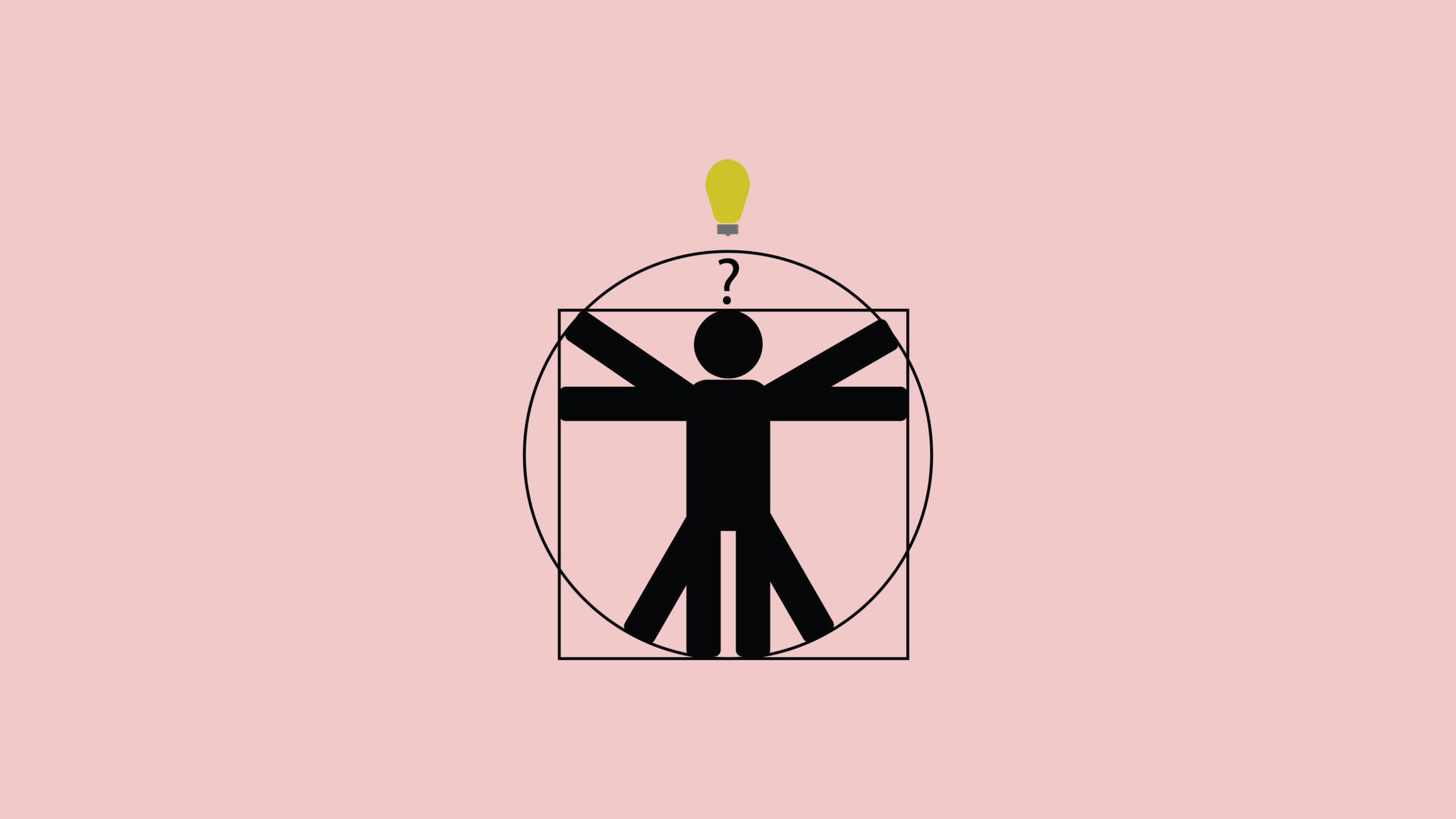The era of activism brought on by unfolding stories of sexual assault victims has raised a great deal of concern towards celebrity authority figures. When it comes to accused Hollywood celebrities, one question that has become heavily debated is whether or not it’s possible to separate the art from the artist.
On the one hand, the long list of men in the entertainment industry who have been “cancelled” by the #MeToo movement should be enough proof that the obvious answer to the question is “No.” On the other hand, there’s also a great amount of art that is still listened to, watched, and celebrated despite the fact that the songs, films, or paintings were created by artists who have undoubtedly shown intolerable behaviour.
Acceptance or rejection of art on the basis of its author poses an issue that holds both political and social significance, especially today. It’s an issue that has become difficult to ignore when picking out a film or TV show to watch, or even when listening to certain music.
The possible reality of our favourite art being forever tainted just because of an artist’s horrible life decisions is pretty upsetting. And, whether or not we continue to support that art, there’s no denying that the artists’ actions will influence the way we digest it, especially if we’re aware the artist has been abusive, prejudiced, racist, sexist, or anything along those lines.
With that being said, the question still looms in the air: can we truly separate the art from the artist? Maybe it would be more helpful to approach the issue as one that’s centred on the form of art itself, and how humans have evolved to perceive it.
Looking back to 1936, German Jewish philosopher Walter Benjamin mulled over the presence of art in a time where mass reproduction began to flourish. In his essay “The work of art in the age of mechanical reproduction,” it seems at times that Benjamin is speaking directly to people from 2018. His concerns are not far off from the modern cries of people in the era of digital and social media, especially when it comes to the concern of us putting art on a pedestal away from everyday life, or looking to art as a place to escape from reality altogether.
Benjamin would argue that art is embedded in our history and in our reality. He stated that “the manner in which human sense perception is organized, the medium in which it is accomplished, is determined not only by nature but by historical circumstances as well.”
Since we shouldn’t escape from the processes of our world, we shouldn’t escape from art or the way it’s produced. The artist then ought not to be separated from our world whether we exclude them by worshiping or disowning their status.
Maybe it sounds complex, but Benjamin’s theory underlines a simpler concept. As much as we might dislike the artist because of their personal actions or motivations, completely exiling them from society would only be another way to ignore the root of the problem. I don’t agree that we should accept the wrongdoings of horrible people, but I do agree that we should use these issues as a tool to discuss the power art and artists have in our everyday lives.
The #MeToo and Time’s Up movements have worked to create a conversation surrounding the art world. But, in some ways, certain social movements have also had the power to make us too eager to disregard certain forms of art. It’s important to be mindful of what we’re consuming and what that means for our world, but let’s not let our hyper-social awareness censor the necessary synthesis between the art, the artist, and the audience.
Graphics by Thai Sirikoone.





0 Comments